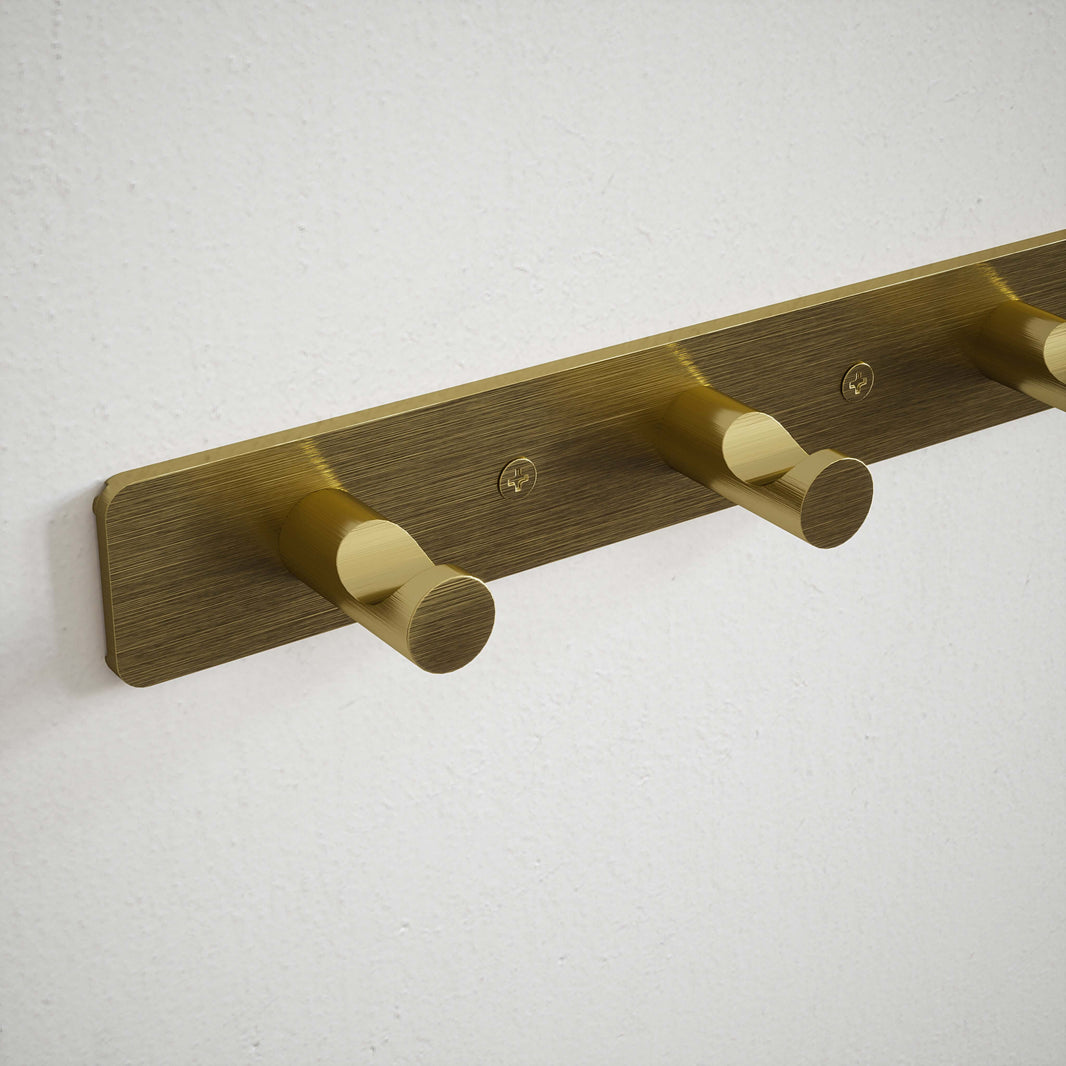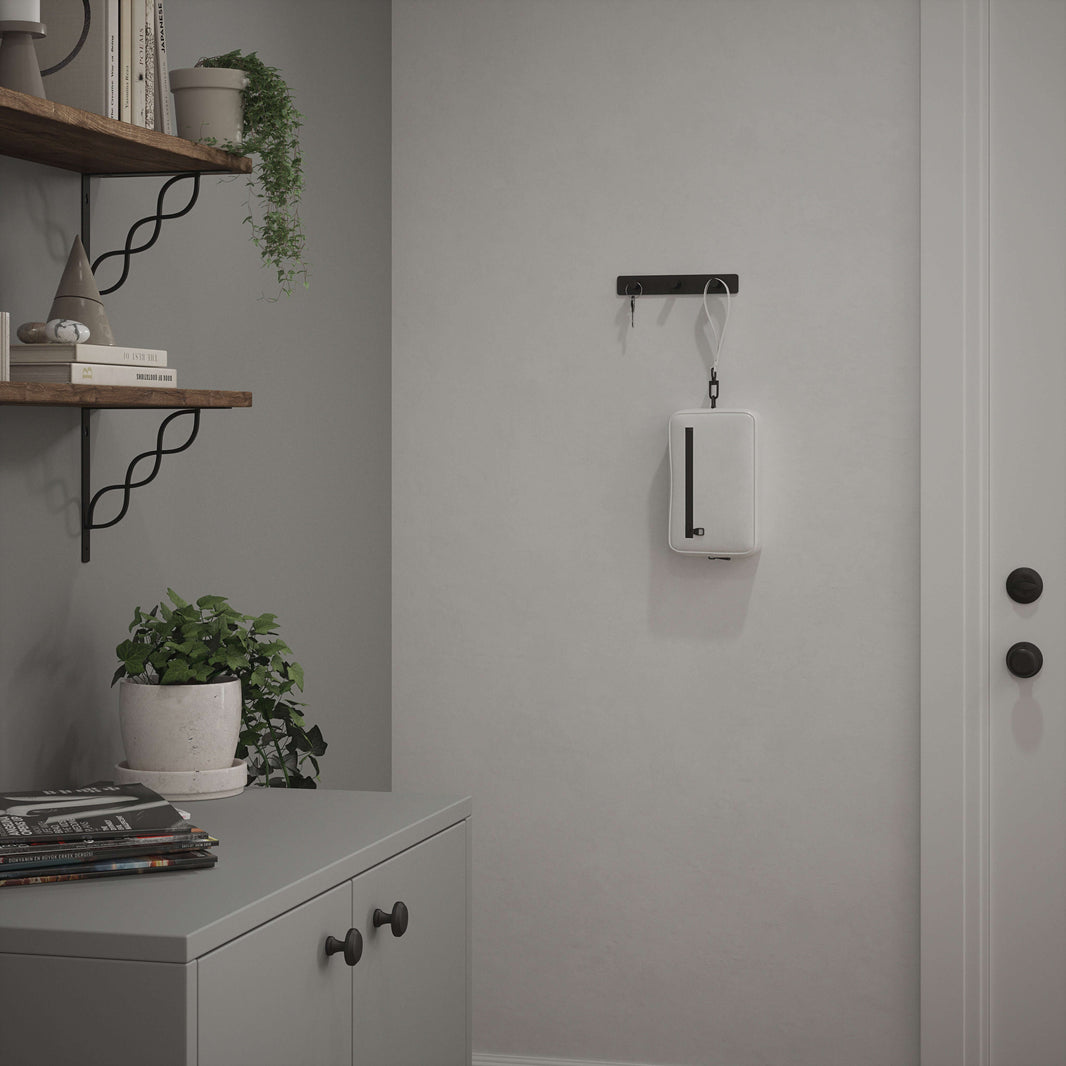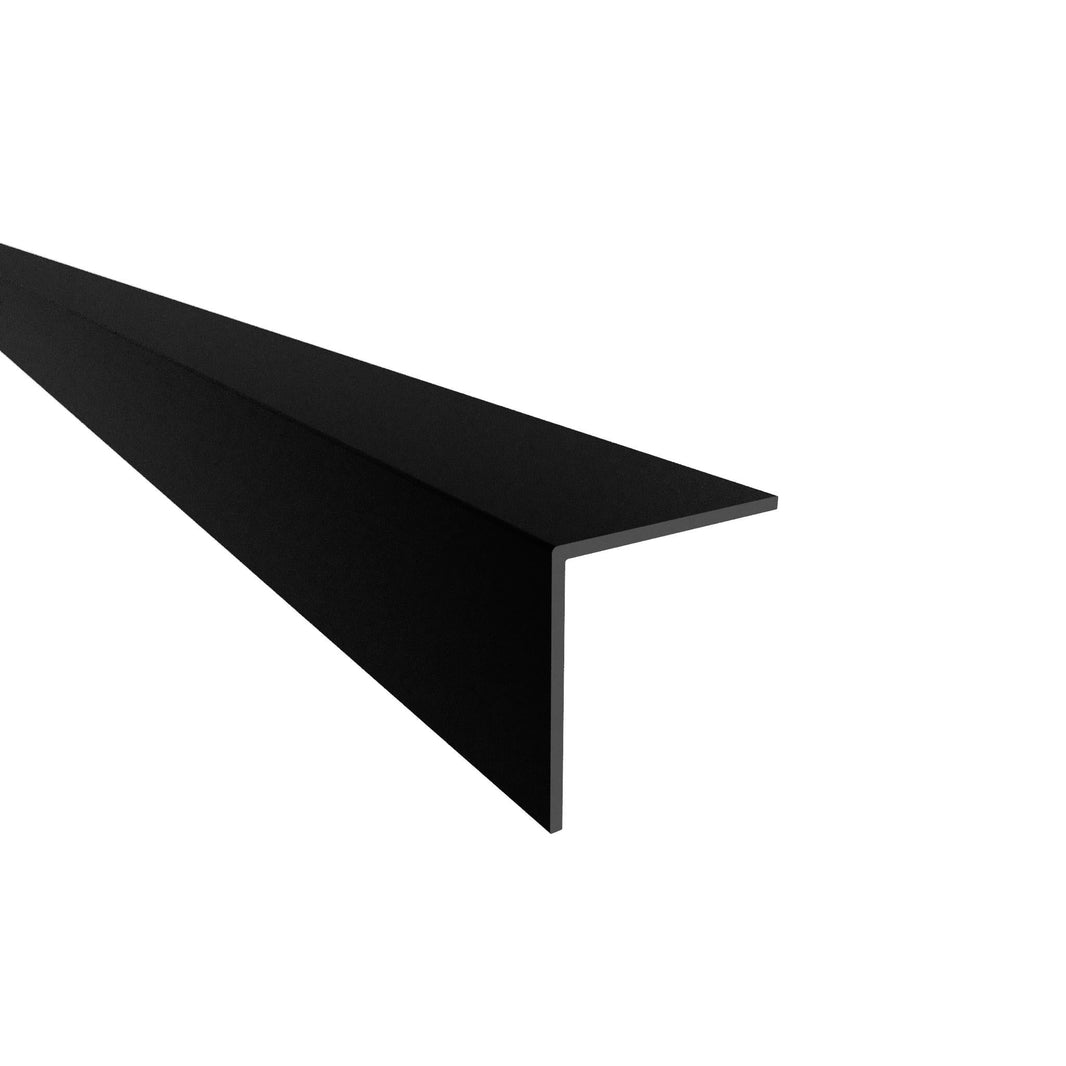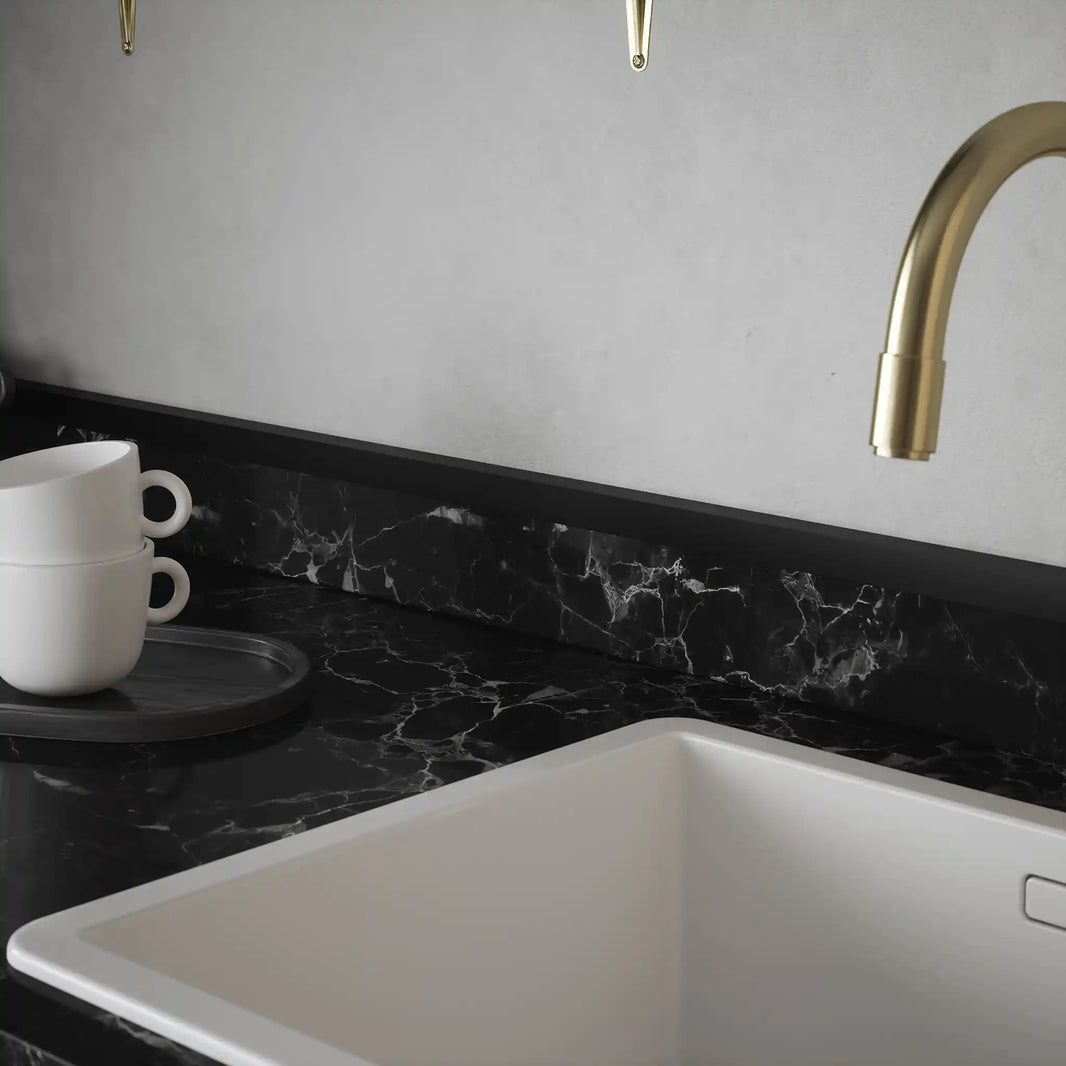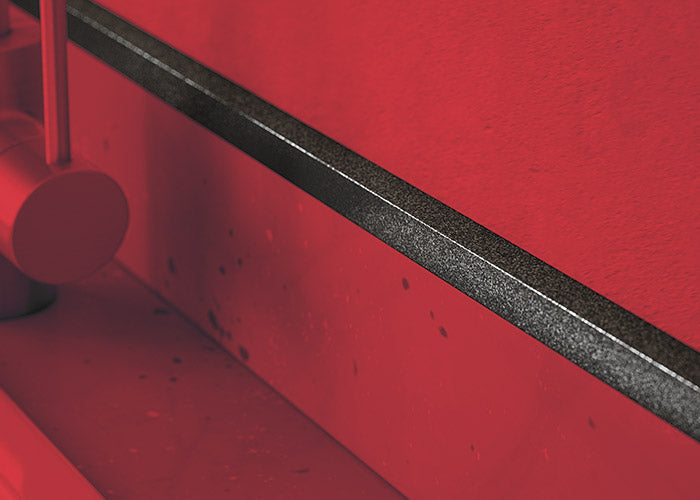FAQ'S
What is the cleanest way to cut Steel Rail?
For clean, square cuts on multi-purpose steel rail, we recommend using a powered chop saw (cold saw) or a bandsaw. For occasional manual cuts, a fine-toothed hacksaw is also suitable.
Recommended Blade TPI:
Thin-wall tube (0.5 mm – 0.8 mm): 18–24 TPI
Thick-wall tube (0.9 mm – 1.2 mm): 14–18 TPI
Choosing the right blade and teeth-per-inch (TPI) helps achieve smooth, accurate results. Finer teeth prevent snagging on lightweight tubing or decorative profiles, while coarser blades work well on heavier gauge tubes and industrial applications. Always clamp your material securely and use appropriate PPE when cutting.
Do I need to deburr the ends after cutting?
Yes – Use a file, deburring tool, or flap disc to clean up sharp edges. This will give your cut a cleaner finish and make it safer to handle.
Can you cut steel tube with an Angle Grinder?
Yes, Its possible to cut with an angle grinder with a thin metal-cutting disc, but it’s not the cleanest method. Always clamp the tube securely and wear proper PPE. Please note that this method isn’t suitable for powder-coated tubes, as it may damage the finish.
What’s the difference between cutting mild steel and stainless steel?
You can use the same cutting tools for both, but stainless steel is harder and more abrasive than mild steel. This means it wears blades faster, generates more heat, and requires slower cutting speeds. Here's a breakdown of key differences:
- Hardness
1. Mild Steel: Softer and easier to cut.
2. Stainless Steel: Harder and more resistant to cutting. - Blade Ware
1. Mild Steel: Blades last longer.
2. Stainless Steel: Blades dull more quickly. - Cutting Speed
1. Mild Steel: Faster to cut.
2. Stainless Steel: Slower, needs more care. - Heat Generation
1. Mild Steel: Generates less heat.
2. Stainless Steel: Produces more heat during cutting. - TPI (Teeth Per Inch) Recommendation
1. Mild Steel: 14–24 TPI, depending on wall thickness.
2. Stainless Steel: 18–32 TPI for cleaner cuts.
This advice applies to Rothley’s range of Multi-Purpose Rail, commonly used in handrails, furniture construction, and bespoke metal projects.
Whats the best way to cut Acrylic Pole?
Use a fine-tooth circular saw blade, preferably one designed for
plastics. A crosscut hand saw or fine-tooth hacksaw also works for light cuts.
Recommended Blade TPI:
- Manual cutting: 18–32 TPI
- Power saws: 80+ tooth blades (plastic/laminate blades)
Can Acrylic Poles be cut with a handsaw?
Yes – a fine-toothed handsaw will work well. Use slow, steady strokes to help reduce chipping and ensure a cleaner cut.
How can I smooth or polish the edges after cutting Acrylic?
After cutting, you can use fine sandpaper or a deburring tool to smooth the edges. For a polished finish, buff the edge with a polishing compound and a soft cloth or polishing wheel.
How do I cut your wooden poles cleanly and accurately?
For clean, accurate cuts on your Wooden Handrail Kit, use a mitre saw, circular saw, or a fine-toothed handsaw. Be sure to secure the pole in a clamp or mitre box to keep it steady and ensure straight cuts.
- Recommended Blade TPI:
1. 10–14 TPI for smoother cuts.
2. Use a fine-tooth wood blade with 60+ teeth for clean results.
Will the wood split when cutting?
Not if the wood is properly supported and you use a sharp blade. To reduce tear-out, apply masking tape over the cut line before cutting.
Do I need to sand the ends after cutting?
Yes – light sanding with 120–180 grit sandpaper will help remove any fibres or splinters and give the cut a smoother finish.
Can I paint or stain the pole after cutting?
Yes – for the best results, sand the surface lightly and clean it thoroughly before applying paint or stain.
